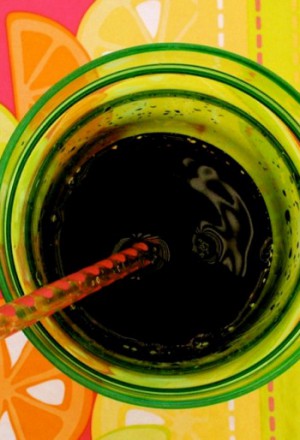
The most common and powerful weapon in the food industry’s arsenal is added sweeteners. Researcher Michael F. Jacobson, with the Center for Science in the Public Interest, said, “Carbonated soft drinks are the single most-consumed food in the American diet.”

The problem has gotten so bad that at the turn of the millennium the average American ate over 150 pounds of sweeteners per year because food companies add them to at least the following products:
Thanks to this sweet saturation, the average American is eating a little under a half-pound of added sweeteners per day. That is a cup of clog every day. Two centuries ago, people ate about one-tenth of that. During the previous 99.8% of our evolution, our ancestors ate none.
Note: The first year obesity data is available is 1900

Why is this such a problem? Barry Popkin of the University of North Carolina at Chapel Hill pointed out that as early as the 1950s, research “showed that the link between sugar consumption and coronary heart disease…was stronger than the link between heart disease and the consumption of saturated fats from animal foods.” This work, however, was ignored.
How did this inSANEity happen? Food that has all of its fat processed out tastes bad. It is hard to sell bad-tasting food. So food companies add sweeteners when they remove fat. Combine thegovernment’s “food containing fat is evil” guidelines with $36 billion of “we have yummy low-fat food” marketing, and the result is that nearly a fifth of the average American’s total calories come from sweeteners.
The worst part is that we have no practical choice under the Dietary Guidelines regime. If foods that contain fat are off the table, then almost everything else has been stuffed with sweeteners. As a general rule, if it is not coming directly from a plant or an animal, then it has been sweetened. Even if it does not taste sweet, it has been altered with at least one of the following:
Memorizing this list isn’t necessary. However, it is important to know that any form of caloric sweetener causes hormonal havoc. Put differently, our metabolism does not care where caloric sweeteners come from. To our metabolism, apple juice is basically the same as soda, since they both contain about thirty grams of sugar. A “weight loss” bar with thirty grams of sweeteners in it causes the same clog as a candy bar with thirty grams of sugar in it. “Heart smart” cereal is worse than breakfast pastries because they are both full of sweeteners, but folks feel bad eating more than two pastries while they will happily fill bowl after bowl with “enriched” sweetened cereal for breakfast.
It’s also important to understand that the sweetener high-fructose corn syrup is especially common and fattening. And that’s what we’ll cover in the next post.